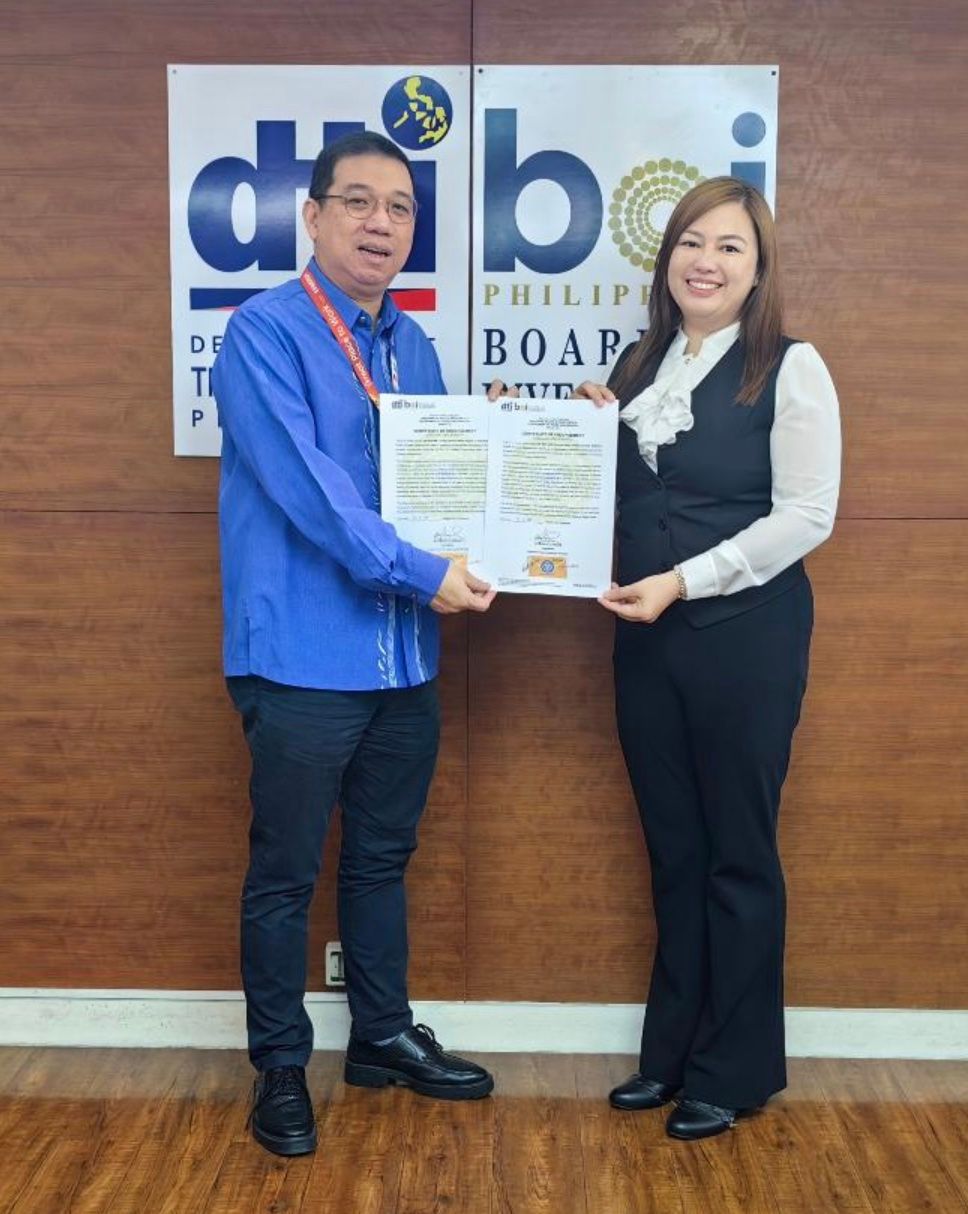UK firm Corio's offshore wind projects secure 'green lane' certification
At A Glance
- Corio has a robust 30GW pipeline of offshore wind projects globally – including those in Europe, United States as well as in the Asia Pacific region – and part of that is supporting the Philippines on its 'energy transition journey' that will bring RE share to 35% by 2030 in its energy mix and with ramping up to 50% by 2040.
The gigawatt-scale of offshore wind projects being advanced into commercial development by London-headquartered Corio Generation had secured ‘green lane’ certification from the Board of Investments (BOI) as underpinned by Executive Order 18 issued by President Marcos.
The certification will streamline the process of permitting for the planned offshore wind farm ventures of the company, hence, that will ease one of the trickiest bit of renewable energy (RE) project-installations in the country.
Based on the service contracts awarded by the Department of Energy (DOE), the 3.0-gigawatt pipeline of offshore wind projects being pushed forward for implementation by Corio are sited in Cavite, Batangas-Mindoro in Luzon, as well as Iloilo-Guimaras domains in the Visayas.
Corio Development Director for the Philippines Alma Roxas-Aguila said “these green lane certifications are crucial for our project development and efforts in helping the country reach its decarbonization targets.”
The company expounded that the certification “will benefit from expedited processing of permits and licenses” – primarily for its Cavite and Guimaras developments.

As stipulated in the green lane certificate, national government agencies (NGAs) and local government units (LGUs) “shall act on the application for issuance of permits and licenses within the prescribed processing time,” as prescribed under the Citizen’s Charter.
It was fleshed out that the timeline “shall not be longer than three (3) working days in the case of simple transactions, seven (7) working days in the case of complex transactions and 20 working days for highly technical transactions from the date the complete application was received and may be extended only once for the same number of days, provided the same is indicated in the Citizen’s Charter.”
The initial round of offshore wind installations in the two specified sites that will be taking off from Corio’s project blueprints would yield 2.0GW capacity from fixed-bottom and floating offshore wind facilities.
In March this year, Corio Generation announced the deployment of light detection and ranging (LiDAR) device to comprehensively assess and measure the commercial viability of its offshore wind projects in Guimaras and Cavite.
As targeted, the LiDARs “will collect detailed information on the wind resources of the two potential wind farms and will remain operational for at least 12 months.”
In particular, LiDAR for offshore wind projects would determine the speed, direction as well as other variabilities on temperature, humidity and pressure – which are typically the distinctive facets of offshore wind farm facilities.
Corio noted that LiDAR is a wind monitoring solution that has been “designed to withstand harsh coastal environment with a back-up power and monitoring system.”
Aguila indicated that “the successful deployment of LiDARs represents a major milestone achievement as we continue to develop our projects off the coast of the Philippines.”
She further conveyed “our campaign to measure the wind resources confirms the progress we have made in bringing forward offshore wind projects for upcoming auctions in the country.”
Corio has a robust 30GW pipeline of offshore wind projects globally – including those in Europe, United States as well as in the Asia Pacific region – and part of that is supporting the Philippines on its ‘energy transition journey’ that will bring RE share to 35% by 2030 in its energy mix and with ramping up to 50% by 2040.
The first auction for offshore wind capacity in the Philippines to be awarded with corresponding power supply agreements (PSAs) is being targeted by the DOE for next year.